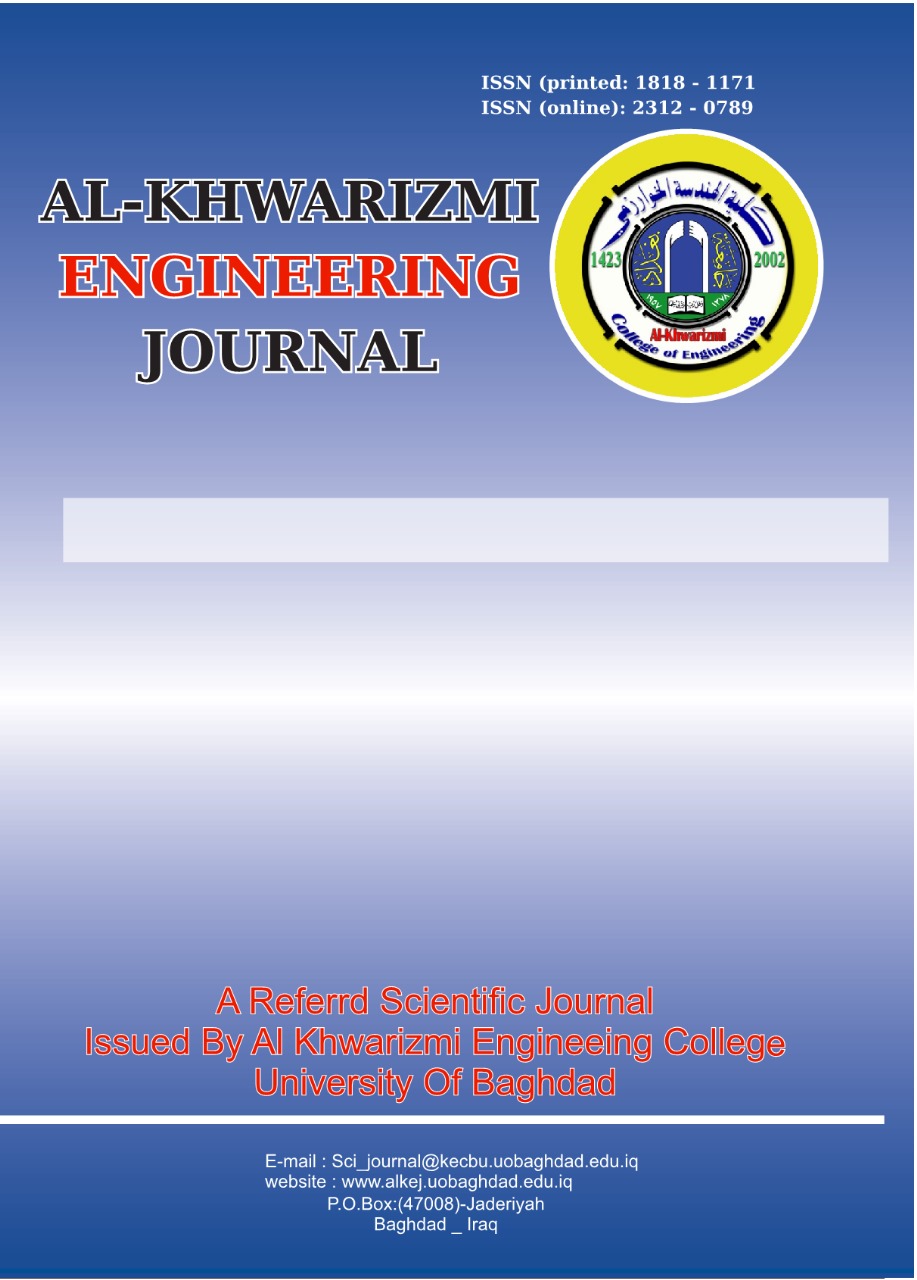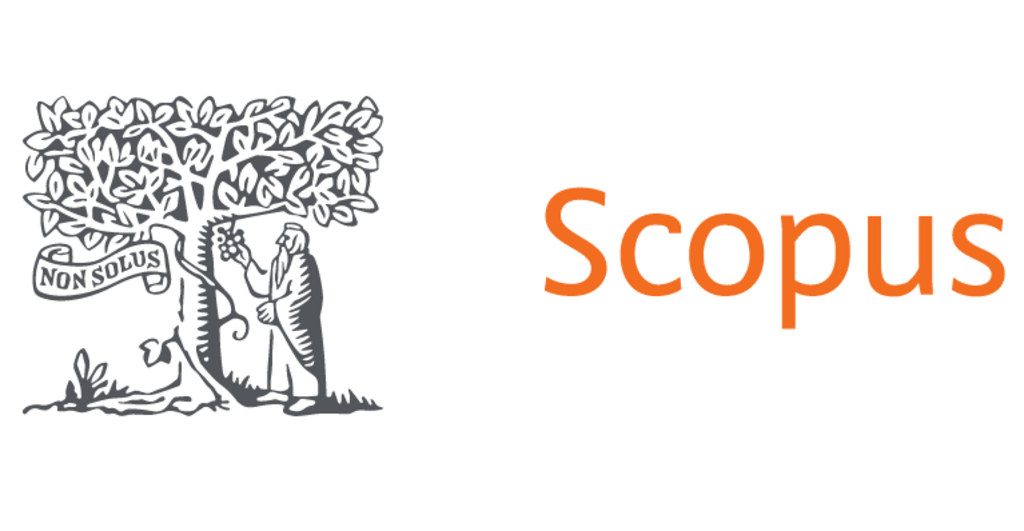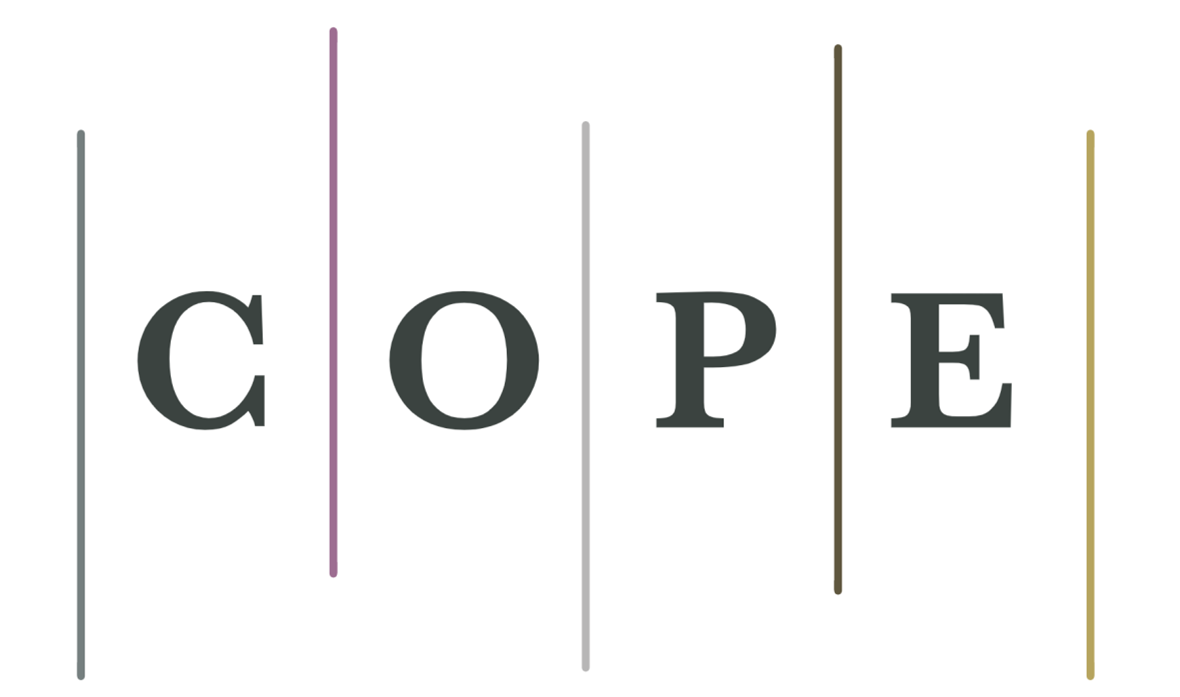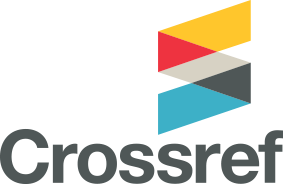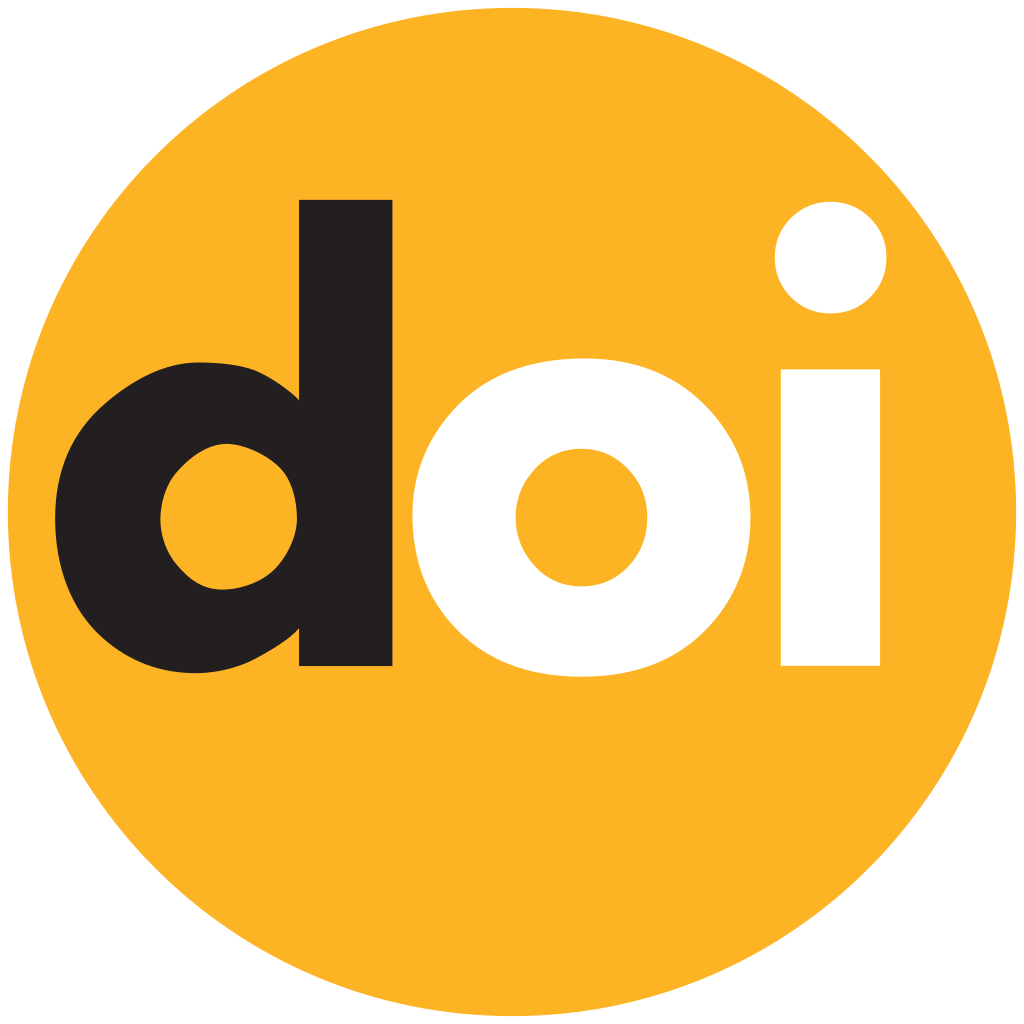GSM-enabled Wireless Patient Monitoring System Integrating Microcontroller for Managing Vital Signstal signs
DOI:
https://doi.org/10.22153/kej.2024.05.001Abstract
The primary focus of this project is developing a cutting-edge remote monitoring of patients device for use in an intensive care unit (ICU). The gadget is designed to capture and transmit vital health data from the patient's body, including oxygen saturation levels, heart rate, and temperatures. It is also capable of monitoring a pacemaker. Information is then sent to a remote location after that. The suggested system receives the patient's vital signs and uses them as input on a computer in the nursing room. This transmission is made possible via a transmitter-receiver system consisting of two Arduino kits connected to Bluetooth devices. If any anomalous numbers are discovered as the data is processed, the computer notifies the doctor via the Global System for Mobile Communications (GSM) and the doctor's mobile device. The primary objective of this device is to enable remote monitoring of a patient's medical parameters and prompt alerting of doctors who are situated in remote places of any concerning circumstances. The doctor's mobile device receives the collected values from the workstation. The entire system's structure is implemented using the Visual Basic programming dialect.
(Received 20 November 2023; Accepted 23 May 2024; Published 1 June 2024)
Downloads
References
Ali, F.I., Ali, T.E. and Al-dahan, Z.T., 2023. Private Backend Server Software-Based Telehealthcare Tracking and Monitoring System. International Journal of Online & Biomedical Engineering, 19(1).
Arora, K., Kumar, V., Prashar, D. and Tripathi, S.L. eds., 2023. Modern Computational Techniques for Engineering Applications. CRC Press.
Ali, F.I., Ali, T.E. and Hamad, A.H., 2022, October. Telemedicine Framework in COVID-19 Pandemic. In 2022 International Conference on Engineering and Emerging Technologies (ICEET) (pp. 1-8). IEEE.
Shah, A.M., 2023. Telemedicine in India: A perspective, collaboration, and knowledge sharing. National Journal of Physiology, Pharmacy and Pharmacology, 13(8), pp.1597-1597.
Abdirahman, A.A., Hashi, A.O., Dahir, U.M., Elmi, M.A. and Rodriguez, O.E.R., Enhancing Vehicle Tracking through SMS: A Cost-Effective Approach Integrating GPS and GSM.
Brocker, A., Schäfer, R., Remy, C., Voelker, S. and Borchers, J., 2023. Flowboard: How seamless, live, flow-based programming impacts learning to code for embedded electronics. ACM Transactions on Computer-Human Interaction, 30(1), pp.1-36.
Singh, S. and Shanker, R., 2023. Development of a robust structural health monitoring system: a wireless sensor network approach. Asian Journal of Civil Engineering, 24(4), pp.1129-1137.
Harsha, B.K., Shruthi, M.L.J., GN, N.K., Chaitra, K.U., Lokesh, D. and Mahendrakar, P.N., 2023, October. Empowering Women’s Safety: A Comprehensive GPS and GSM-Enabled Automated Anesthesia and Pepper Spray Defense System. In 2023 7th International Conference on I-SMAC (IoT in Social, Mobile, Analytics and Cloud) (I-SMAC) (pp. 1077-1081). IEEE.
http://duino4projects.com/diy-arduino-pulse-sensor
Bikki, P., Dhiraj, Y. and Nivas Kumar, R.V.S., 2023. Design and Implementation of a Sense Amplifier for Low-Power Cardiac Pacemaker. Journal of Circuits, Systems and Computers, 32(09), p.2350148.
Aldana Londoņo, K., 2023. Pulse oximeter: study and design. http://hdl.handle.net/2445/200772
Downloads
Published
Issue
Section
License
Copyright (c) 2024 Al-Khwarizmi Engineering Journal

This work is licensed under a Creative Commons Attribution 4.0 International License.
Copyright: Open Access authors retain the copyrights of their papers, and all open access articles are distributed under the terms of the Creative Commons Attribution License, which permits unrestricted use, distribution, and reproduction in any medium, provided that the original work is properly cited. The use of general descriptive names, trade names, trademarks, and so forth in this publication, even if not specifically identified, does not imply that these names are not protected by the relevant laws and regulations. While the advice and information in this journal are believed to be true and accurate on the date of its going to press, neither the authors, the editors, nor the publisher can accept any legal responsibility for any errors or omissions that may be made. The publisher makes no warranty, express or implied, with respect to the material contained herein.

